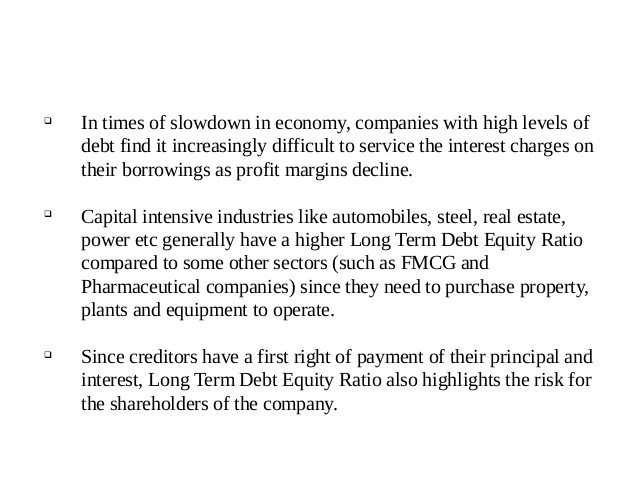
Sometimes, taking a breather can help you spot what’s causing the difference. We know that taking hours to find amounts that are off by a few pennies doesn’t make sense. In QuickBooks, you have the option to make an adjusting entry if the difference isn’t zero when you are finished reconciling.
Checks Deposited or Bills Discounted Dishonored
In this instance, your bank has recorded the receipts in your business account at the bank, while you haven’t recorded this transaction in your cash book. As a result, the balance shown in the bank passbook would want to shorten the learning curve try ‘overlearning’ be more than the balance shown in your company’s cash book. At times, your customers may directly deposit funds into your business’ bank account, but your business will not notified about this the bank statement is received.
- The balance recorded in the passbook or the bank statement must match the balance reflected in the customer’s cash book.
- This way, the number of items that can cause the difference between the passbook and the cash book balance is reduced.
- This is also known as an unfavorable balance as per the cash book or an unfavorable balance as per the passbook.
- As a result, the bank debits the amount against such dishonored cheques or bills of exchange to your bank account.
- However, as a business owner, it’s important to understand the reconciliation process.
Learn the reconcile workflow in QuickBooks
It ensures accurate financial records and helps in identifying discrepancies early on. Since all of your transaction info comes directly from your bank, reconciling should be a breeze. There will be very few bank-only transactions to be aware of, and they’re often grouped together at the bottom of your bank statement.

Such errors are committed while recording the transactions in the cash book, so the balance as per the cash book will differ from the passbook. At times, your business may either omit or record incorrect transactions for checks issued, checks deposited, or the wrong total, etc. At times, the balance as per the cash book and passbook may differ due to an error committed by either the bank or an error in the cash book of your company. There are times when your business will deposit a check or draw a bill of exchange discounted with the bank.
This process ensures that your recorded transactions align with the transactions reported by your bank, guaranteeing that no errors or fraudulent activities slip through the cracks. If you’re reconciling an account for the first time, review the opening balance. It needs to match the balance of your real-life bank account for the day you decided to start tracking transactions in QuickBooks. There are bank-only transactions that your company’s accounting records most likely quickbooks undeposited funds account explained don’t account for.
How Often Should You Reconcile Your Bank Account?
Because your bank account gets integrated with your online accounting software, all your bank transactions will get updated automatically and each item will be matched with your books of accounts. While reconciling your books of accounts with the bank statements at the end of the accounting period, you might observe certain differences between bank statements and ledger accounts. If this occurs, you simply need to make a note indicating the reasons for the discrepancy between your bank statement and cash book.
You need to determine the underlying reasons responsible for any mismatch between balance as per cash book and passbook before you record such changes in your books of accounts. If you want to prepare a bank reconciliation statement using either of these approaches, you can use the balance as per the cash book or balance as per the passbook as your starting point. These fees are charged to your account directly, and reduce the reflected bank balance in your bank statement. These charges won’t be recorded by your business until your bank provides you with the bank statement at the end of every month.
Just like balancing your checkbook, you need to review your accounts in QuickBooks to make sure they match your bank and credit pharmacy accounting card statements. To reconcile means to “make one view or belief compatible with another.” In accounting, that means making your account balances equal to one another. More specifically, a bank reconciliation means balancing your bank statements with your bookkeeping. Once you have your monthly bank statements, you can reconcile your accounts.
Read the steps you should take when closing out your small business’ books for the end of the fiscal year. Once you’ve completed the balance as per the bank, you’ll then need to work out the balance as per the cash book. These checks are the ones that have been issued by your business, but the recipient has not presented them to the bank for the collection of payment. However, sometimes there are differences between the two balances and so you’ll need to identify the underlying reasons for such differences.

